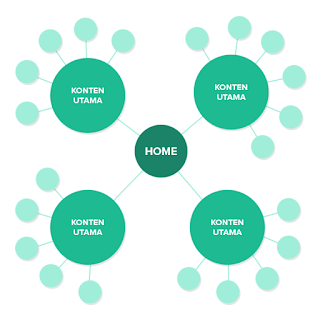SEO Tips for Optimizing URL Structure
The URL structure involves a mix of complicated usability and accessibility factors, along with some good SEO. While no one-size-fits-all approach, there are some rules we can follow to maximize URLs and set sites for future SEO success.
Here are the tips of an SEO in order to optimize the structure of the URL
1. Using Your Keywords
Each time you launch a domain page, you should have a destination. Whether it's transactional, informative, or administrative, the reason for its existence should be clear from the start. If you want this page to be found by the right people, so you need to enter some keywords and include relevant terms. The most important of these is the term that gets to the section about this page should be included in the URL, close to the root domain
2. Building a Sound Structure for the Future
The biggest challenge we face when determining the use of URLs is to make sure that it still fits our goals for years to come. For this reason some websites end up with patchwork blankets of su-domains and conflicting paths to arrive at similar products, so we must use sound structures like the first URL to flow logically from domain to category to subcategory to product. The second URL switches from domain to product. Hierarchically, both products must sit at the same level on the site
3. Avoid Words and Excessive Character
As a rule of thumb, make sure the user can understand what your page is by looking at the URL. Means you do not need to include any single prepositions or conjunctions. You should also avoid repeating keywords in the URL. Adding the same keywords multiple times in hopes of increasing your ranking chances will only lead to the structure of the spam URL.
Some things to be added about this topic are
- Case Sensitivity
- Hashes
- Word Delimiters
- URL length
4. Minimize Dynamic URL Strings
You can use rewrite rules if your web server is running Apache, and some tools like those in Generate are helpful. There are various improvements for different platforms (some are more complex than others). Some web developers use relative URLs. The relative URL problem for SEO is that they depend on the context of the occurrence. After a context change, the URL may not work. For SEO, it's better to use absolute links and open relative links, because the first one is the preferred search engine.
5. Consolidate Various Versions of Your Site
As a rule, there are two major versions of the domain indexed in the www and non www search engines. We may add the complexity of having both a secure (https) and an unsecured (HTTP) version, with Google giving the first preference. Most SEOs use redirect301 to redirect one version to another (vice versa). This tells the search engine that a certain URL has been permanently moved to another destination.
If you are looking for references to online payments, you can see on the Bali Web Developers website.
Source: www.searchenginejournal.com





Komentar
Posting Komentar